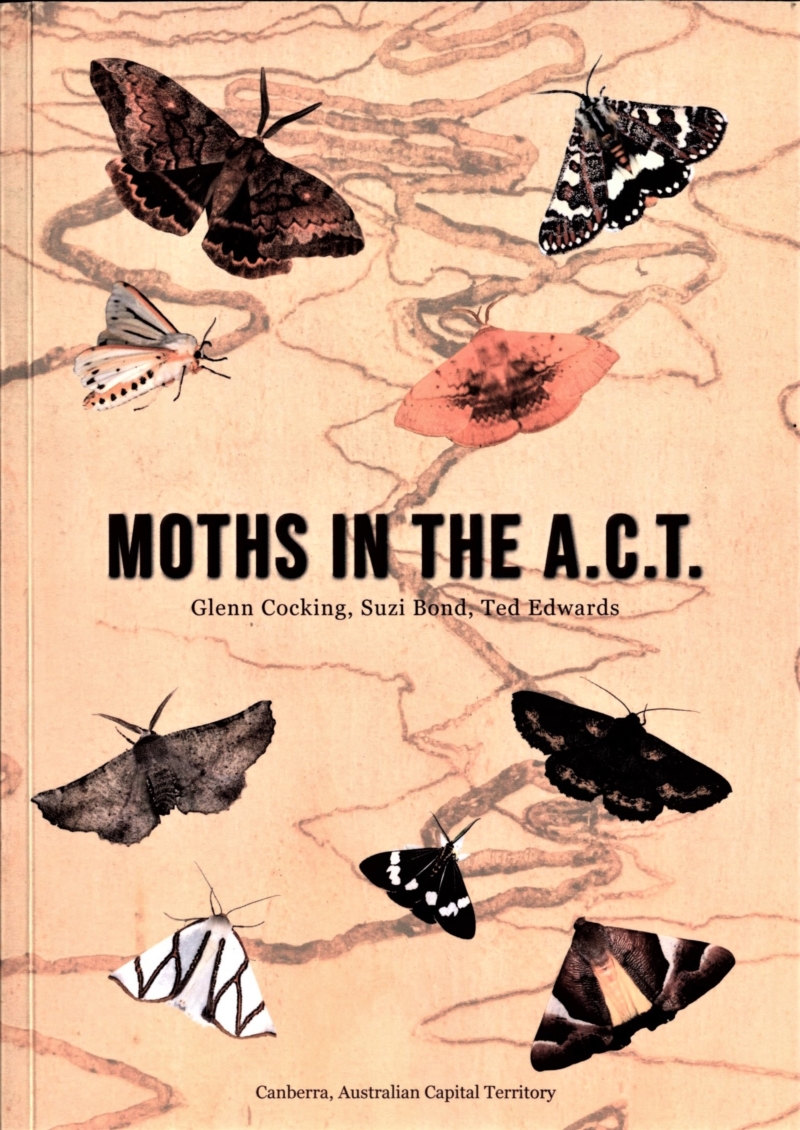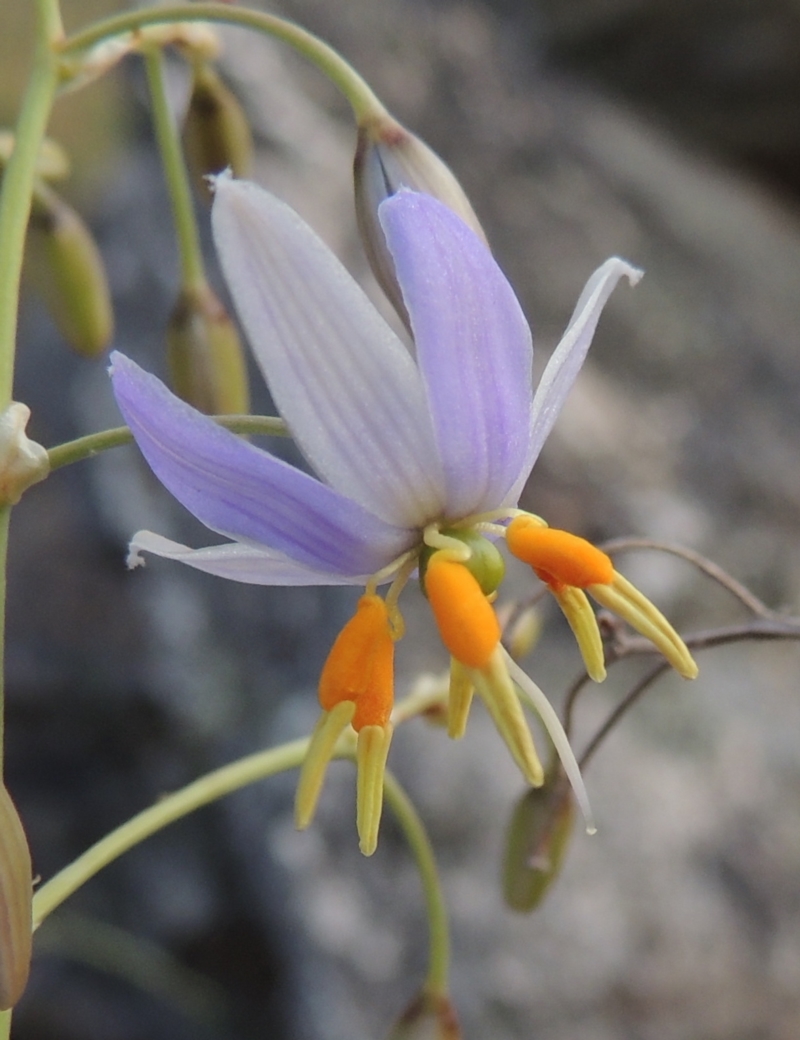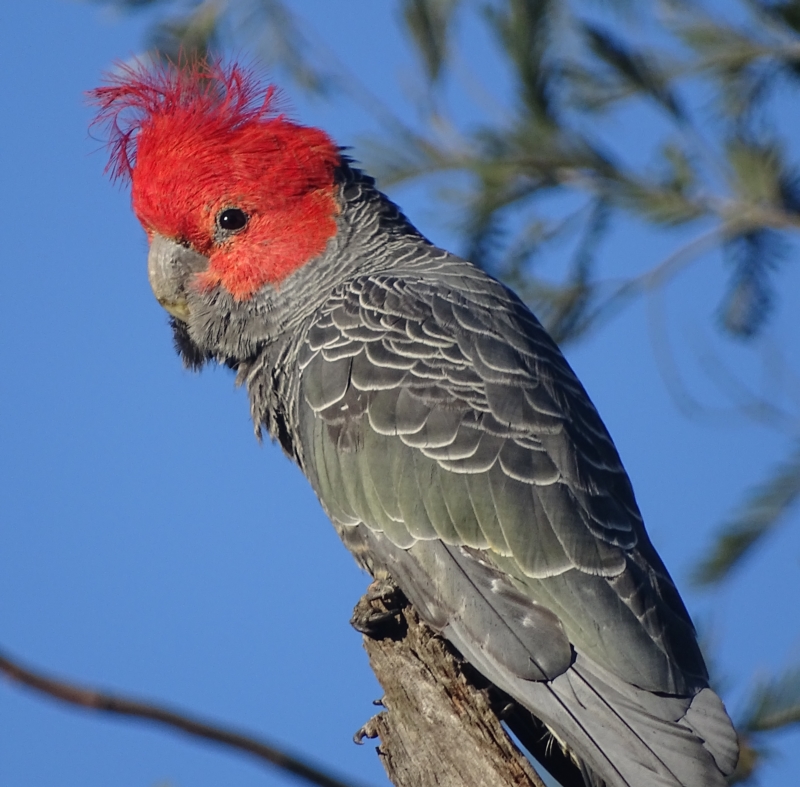Publications associated with CNM
Posted by MichaelBedingfield
This page is to present some of the many publications that have used Canberra Nature Map images, expertise and/or data.
Section 1, Books, cover page with titles listed below:




1. S. Sharp, R. Rehwinkel, D. Mallinson and D. Eddy, (2015) Woodland Flora, a Field Guide for the Southern Tablelands (NSW and ACT), Friends of Grasslands Inc. Canberra ACT.
2. Barrett. R., Cosgrove, M., and Milner R. (2018) Field Guide to Plants of the Molonglo Valley. Parks and Conservation Service, ACT Government.
3. Bond S. (2018) Field Guide to the Butterflies of the Australian Capital Territory. National Parks Association of the ACT.
4. Egan. J., Wood. T., Farrow. R. and Hayashi, T. (2020) Field Guide to Orchids of the Southern tablelands of NSW including the ACT. Canberra ACT.




5. Cocking , G. Bond. S. and Edwards T, (2022) Moths in the ACT. Canberra, ACT.
6. Abbott P. (2022) Native bees of the ACT and NSW South Coast. A Spotter’s Guide. https://nativebeesact.net/
7. P. Williamson, M. Mulvaney and M. Bedingfield, (2018), Ties to Red Hill, Red Hill Regenerators.
8. S. Horn, R. Warleigh and M. Ning. (2022) Stonequarry: grassy woodland restoration project. International Volunteers for Peace.

9. Hayashi T, Egan J, Farrow R, Wood T, (2024) Orchids of the Southern Tablelands of NSW including the ACT
Section 2, Online Books.

ACT WEEDS MANUAL - A guide to the identification and treatment of weeds, produced by and for the dedicated environmental volunteers throughout Canberra. To view or download the pdf file, click on this link: https://sactcg.org.au/wp-content/uploads/2023/10/ACT-Weeds-Manual-23.pdf
Section 3, Research Papers and Technical Reports.



1. Rakali. Williams G.A. (2019) Distribution and Status of the Australian Water Rat/Rakali (Hydromys chrysogaster) in the Greater ACT Region. A report by the Australian Platypus Conservancy to the Wettenhall Environment Trust:
https://www.npaact.org.au/res/File/2019/repHydromys.ACT%202019%20(WET).pdf
2. Butterflies. Bond. S. (2019) The Small Ant-blue butterfly Acrodipsas myrmecophila (Waterhouse and Lyell, 1913) in the ACT. Environment, Planning and Sustainable Development Directorate, ACT Government, Canberra.
3. Butterflies. Bond. S. and Vardon M. (2023). Biodiversity accounts for butterflies for the Australian Capital Territory. Conservation Science and Practice. 5(2), e12869: https://conbio.onlinelibrary.wiley.com/doi/10.1111/csp2.12869
4. Butterflies. Brady. M. (2023) Review of the Australian butterfly genus Cyprotides Tite, 1963 (Lepidoptera: Lycaenidae), with descriptions of three new taxa. Austral Entomology 62:1 p15-48
5. Violet Copper Butterfly, a new species. Michael F. Braby. A new species of Paralucia, Waterhouse & Turner, 1905 (Lepidoptera: Lycaenidae) from the highlands of south-eastern Australia. The new species is the Violet Copper (Paralucia crosbyi), and it was discovered by local CNM contributor Susan Wishart in August 2021 in Namadgi NP. https://onlinelibrary.wiley.com/doi/full/10.1111/aen.12688
6. Native Plants. Mulvaney M. (2014) Uncommon Native Plant Species of the Australian Capital Territory. Technical Report, prepared for the ACT Government
7. Native Plant Invaders in the A.C.T. Downey, P.O. and Taylor, S. (2023) Native Plant Invaders in the Australian Capital Territory - A list of problematic native plant species for potential management. Unpublished report prepared for the ACT Government Canberra.
Alien Plant Species Naturalised in the A.C.T. Downey, P.O. and Taylor, S. (2022) A list of Alien Plant Species Naturalised in the Australian Capital Territory - A list of problematic native plant species for potential management. Unpublished report prepared for the Act Government Canberra.
And Alert List of Alien Plant Species for the A.C.T. Downey, P.O. and Taylor, S. (2022). An Alert List of Alien Plant Species for the Australian Capital Territory. Unpublished report prepared for the ACT Government, Canberra.
All three are found at: https://www.researchgate.net/profile/Paul-Downey
Section 4, Gang Gang Research.

Davey, C., Mulvaney, M., Fogerty, J., Tyrrell, T. and Tyrell, J. (2019). Breeding of Gang-gang Cockatoos in suburban Canberra. Canberra Bird Notes 44 pp 210-220. http://redhillregenerators.org.au/wp-content/uploads/2020/08/Canberra-Bird-Notes-453-2020.pdf
Davey, C. and Mulvaney, M. (2020). Report on a survey of breeding activity of the Gang-gang Cockatoo within urban Canberra 2019-2020. Canberra Bird Notes 45 pp 224-231. http://redhillregenerators.org.au/wp-content/uploads/2020/08/Canberra-Bird-Notes-453-2020.pdf
Davey, C., Mulvaney, M., Tyrrell, T. and Rayner, L. (2021). Gang-gang observations during the 2020-21 breeding season, Canberra ACT. Canberra Bird Notes 46 pp 145-157. https://canberrabirds.org.au/wp-content/uploads/2021/10/CBN-46-2-final.pdf
Davey, C., Mulvaney, M. and Tyrrell. T. (2023) Breeding success and site characteristics for the Gang-gang Cockatoo in peri-urban Canberra, ACT. Corella (In preparation)
Mulvaney, M. and Booksmythe I., (2023) Gang-gang Cockatoo diet as assessed by camera images and written records Corella 47: 8-15 https://absa.asn.au/wp-content/uploads/2023/04/4_V47_Pg8-15_GangGangCockatoo_V2.pdf
Mulvaney M., Davey C., Booksmythe I., Tyrrell T., Burk, M., Dann L., Docker L., Finley K., Hounsell G., James B., Kuhlen R., Misdale, M., Morris. B, Munson C., O’Connor, K., Ottesen P., Rayner L., Reeve., P. Rhind S., Scobie J, Taylor S., Tolley S., and Ward B (2023) Gang-gang Cockatoo breeding in response to temperature and altitude. Corella (In Preparation)
Section 5, Black Mountain Symposium 2018.
References:
https://www.molonglo.org.au/fobm-symposium
https://www.molonglo.org.au/fobm-symposium-abstracts

1. Plants Purdie R.W. (2019) Black Mountain Symposium 2018 Background Paper No 5. Vascular Plants of Black Mountain 1969 – 2017. http://www.friendsofblackmountain.org.au/sites/default/files/Symposium2018/05A-Purdie-BMVP-Final-20Dec18.pdf
2. Rare plants / Orchids. Mulvaney M. (2019) Black Mountain Symposium 2018 Background Paper No.6. Rare plants on Black Mountain Sandstone. http://www.friendsofblackmountain.org.au/sites/default/files/Symposium2018/06-Mulvaney-rareplants-Final-20Dec18.pdf
Mulvaney, M. , Seddon, J. Wood. T., Busby c., Hayashi T., Busby J., Andrews J., Baines G., Baird I., Billings D., Clarke M., Cook., E., Coyne P., Dears N., Falconer I., Free S., Gilbert C., Jeffrey J. Johnson L., Kitchin M., Lebedinsky E., Lynch J., MacDonald C., Mackenzie J., Maher S., Malbon J., Mcinnes A., McGuire A., Mikhailovich N., Mullaney M. Parker R, Pope D., Potapowicz M., Quinn P., Purdie R., Ramshaw P., Robertson J., Robinson E., Russell J., Smits J., Taws N., Velasquez D., Widdowson J., Wilson G., Wilson N., and Worner D. (2020). Orchid diversity and occurrence in relation to past fire in Canberra Nature Park. Australasian Plant Conservation 28(3):20-22.
3. Mammals. Evans M., (2019) Black Mountain Symposium 2018 Background Paper No. 7. The mammal fauna of Black Mountain.http://www.friendsofblackmountain.org.au/sites/default/files/Symposium2018/07-Evans-BM%20Mammals-Final-20Dec18.pdf
4. Frogs. Osborne, W. and Hoefer, A.M. (2019) Black Mountain Symposium 2018 Background Paper No 9. Frogs and reptiles found at Black Mountain: fifty years of records, from museum collections to community-based photo mapping . http://www.friendsofblackmountain.org.au/sites/default/files/Symposium2018/09-Osborne-Hoefer-Final-20Dec18.pdf
5. Insects. Pullen. K.R. (2019) Black Mountain Symposium 2018 Background Paper No 10. Invertebrate animals of Black Mountain, Canberra, in the Australian Capital Territory http://www.friendsofblackmountain.org.au/sites/default/files/Symposium2018/10-Pullen-Inverts-Final-16Jan19.pdf
Section 6, Miscellaneous articles and Newsletters
1. Fronds Newletters from Australian National Botanic Gardens.

Farrow. R., (2017) The biggest bee in the Gardens, Fronds 86, page 15: https://friendsanbg.org.au/sites/default/files/pdf/News86Aug17.pdf
Farrow., R and Leach T. (2022) Flowers visited by the Green Metallic Carpenter Bee in the Gardens, 2017-2022, Fronds 100, pages 10-11:
https://friendsanbg.org.au/sites/default/files/pdf/Fronds100April2022.pdf
Abbot P. (2022) A tale of two gardens and native bees. Fronds 102: page 6: https://friendsanbg.org.au/sites/default/files/pdf/Fronds%20102%20December%202022%20web.pdf
2. News of Friends of Grasslands

Bedingfield M. The Grass-carrying Wasp, an Isodontia sp. (genus), making nests lined with grass. Page 5, News of Friends of Grasslands, May–June 2019 https://www.fog.org.au/Newsletters/2019-05newsletter.pdf
3. Springer Link article entitled "'Citizen Scientists' on Citizen Science".
This includes a section by CNM moderator Stuart Harris (Harrisi) where he shares his experience of Citizen Science:
https://link.springer.com/article/10.1007/s42438-024-00494-0
4. Springer Link article about the introduced African Carder Bee, Afranthidium (Immanthidium) repetitum.
This exotic pollinator species has the potential for a negative impact on native flora and fauna. Visit:
https://link.springer.com/article/10.1007/s10530-022-02753-2
